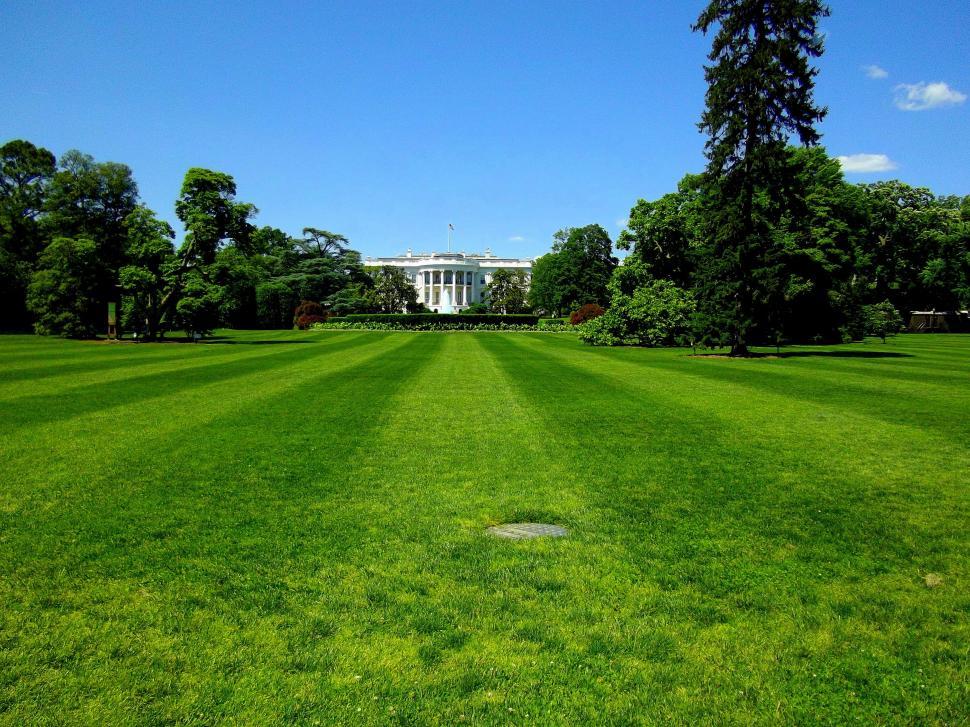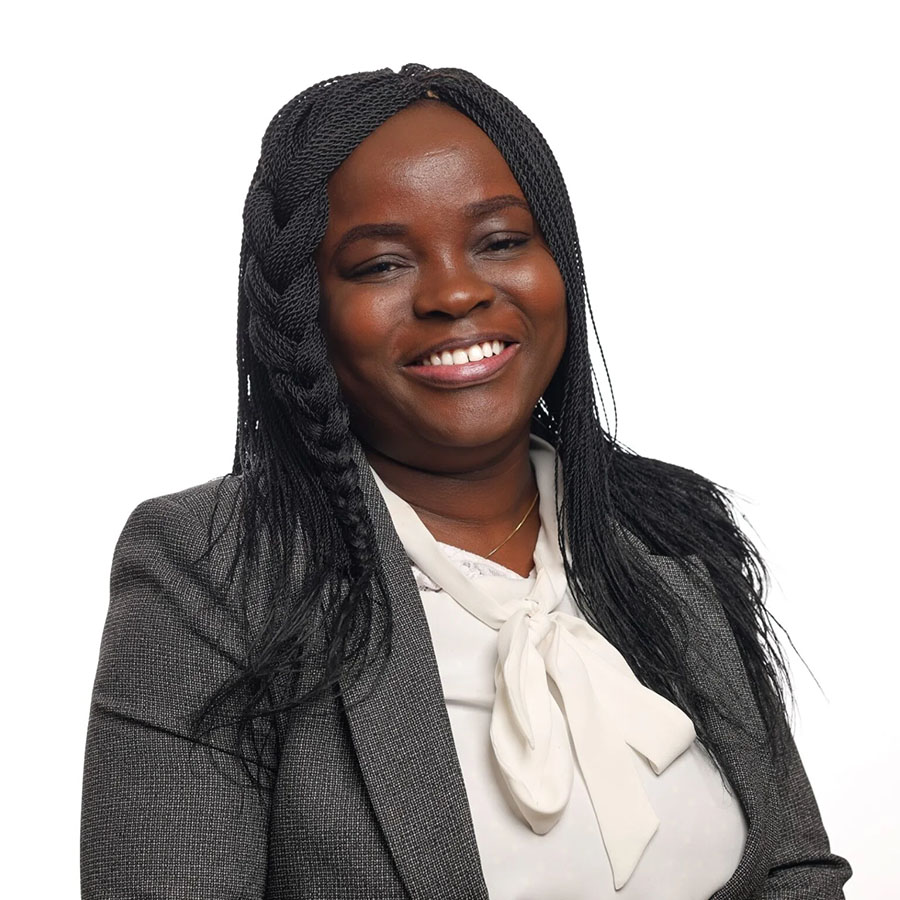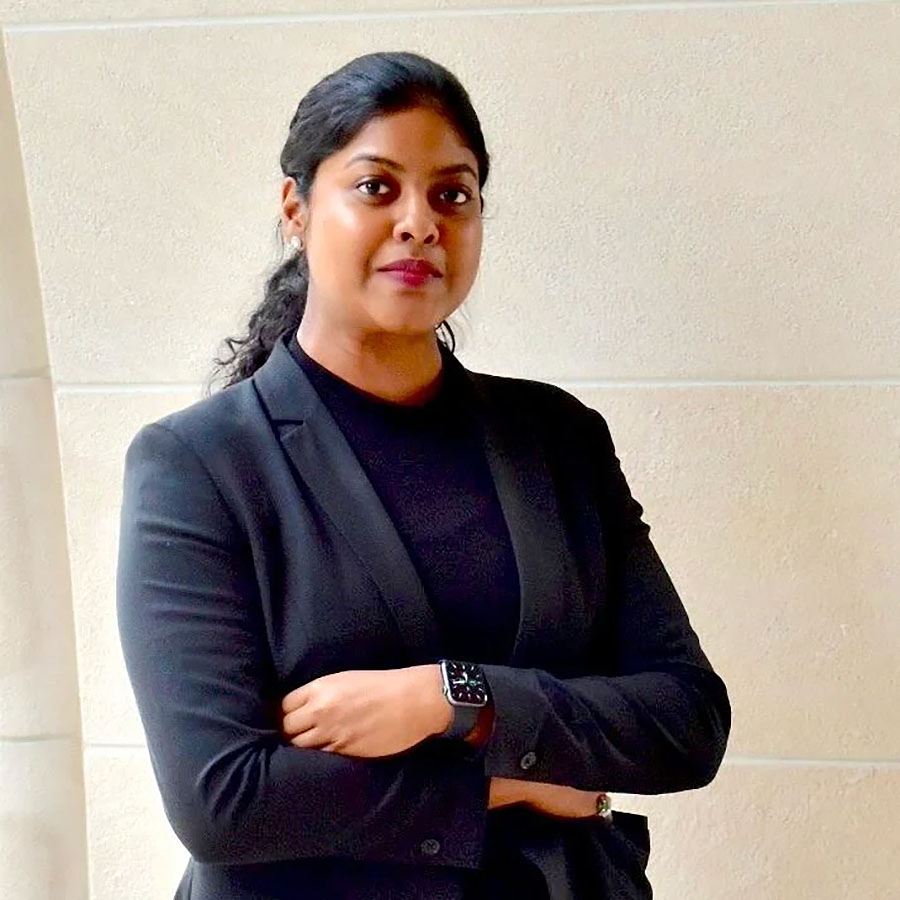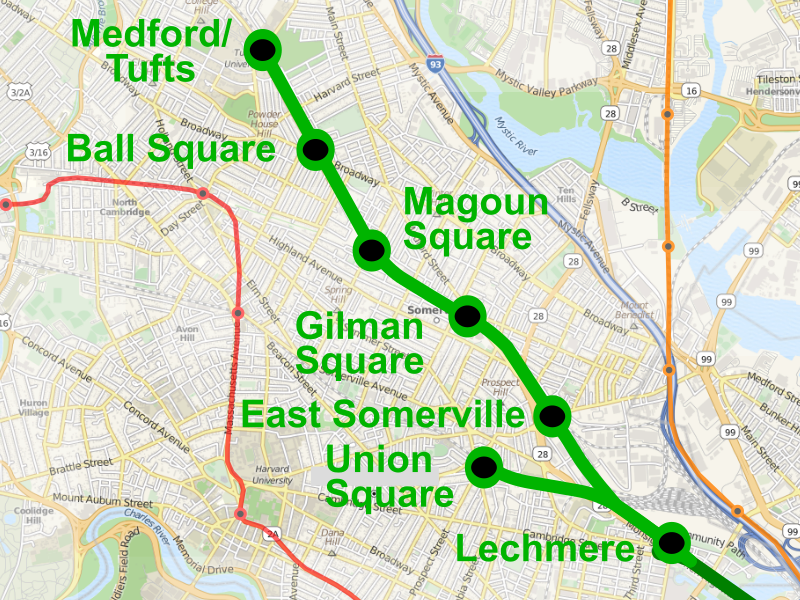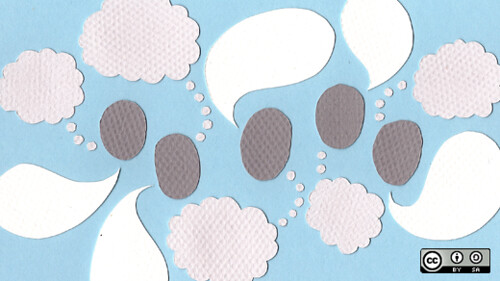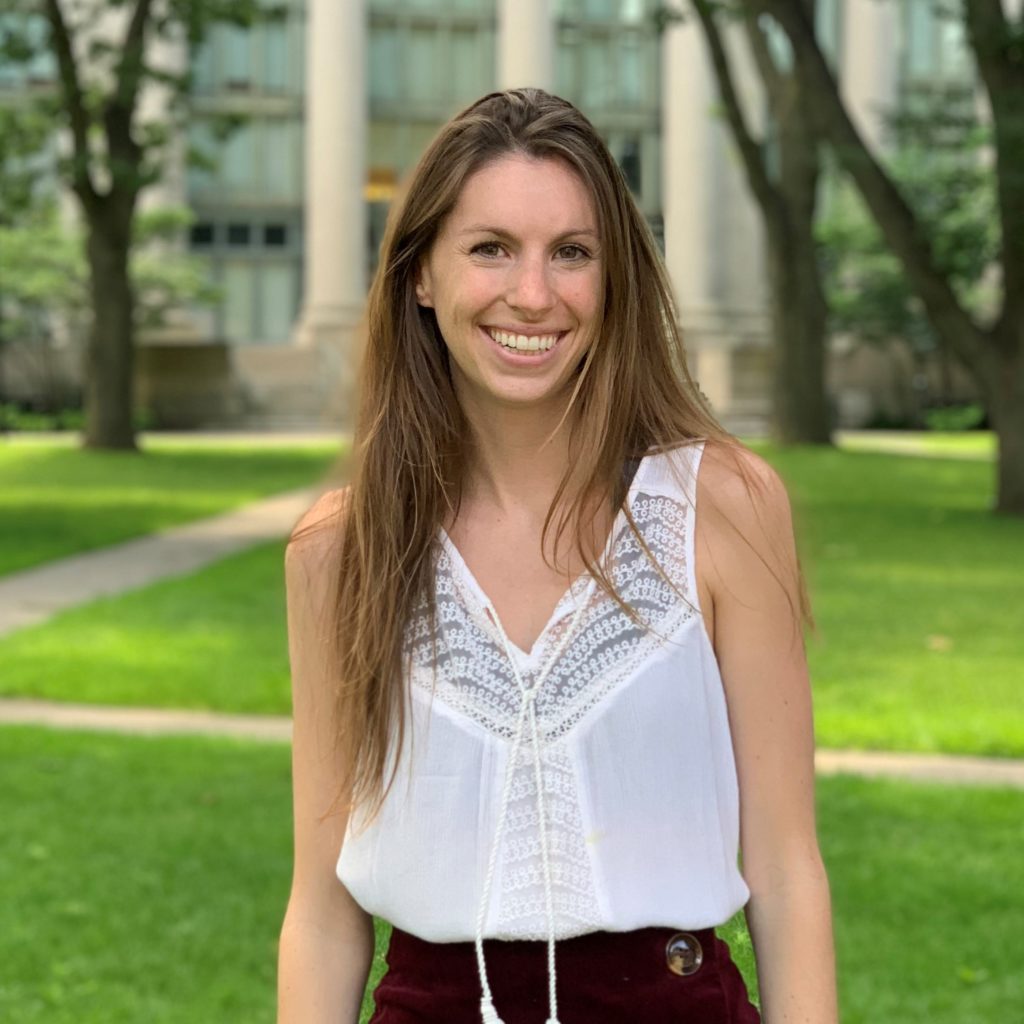By Patrick Maxwell
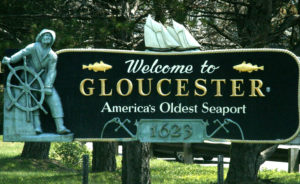
For this blog entry, I sat down with Nadiya Brock. Nadiya is an Associate at Essential Partners—a Cambridge-based organization that equips people to live and work better together in community by building trust and understanding across differences. The communities that Nadiya and Essential Partners work with often find themselves embroiled in inter-bubble conflicts. Nadiya and I had a conversation about the ins and outs of addressing difficult community-based conversations, and the tools that Essential Partners uses to handle inter-bubble conflicts when they arise.1 Here she describes a particular experience Essential Partners had engaging a conflict in Gloucester, a small city outside of Boston. An edited transcript of part of that conversation follows:
Nadiya: There was a work of art—a really giant, massive piece of art—that was donated to the city of Gloucester, and it was proposed that it be put in East Gloucester, at the Rocky Neck Art Colony. But the art colony turned it down. They didn’t want it.
So the city decided, ok, we’re going to put it on the waterfront on this tiny little park. It was a part of Gloucester that has less socio–economic power. They assumed that the neighborhood would just accept this piece of art. But this tiny park is one of the few downtown spaces accessible to the people who live in that neighborhood, so it became this huge issue for the community.
It just so happens that our Executive Director lives in Gloucester, so we worked together with the community to create a cohort of dialogue facilitators, who called themselves the Gloucester Conversations Project. We helped them bring together artists and other community stakeholders, and we asked, “What is the issue here? What do we mean by art? How do we use art? Who controls the parks and how the parks are being used?” From those conversations, they decided, “Well, we need a public art policy so we’re not fighting about this, art piece by art piece.”
The Gloucester Arts Commission invited EP and the Gloucester Conversations Project to lead community conversations in every ward in the city about what people mean by art, where they wish there was more art, and where they would like to see art. They listened. Then they drafted a policy that was brought back for the community to finalize and approve.
Now, Gloucester has a policy for how they decide to locate public art.
This is one example of Essential Partners’ work. We don’t see ourselves as the primary player. We don’t want to become the ADR process or the infrastructure thing that you hire to solve your problems. We want to equip the communities that have these conversations themselves, to find paths forward themselves. We work with the community to help them shift their culture around talking about difference.
Patrick: So that the next time something like this comes up, they don’t have to go, “Hey, let’s get EP on the phone,” they can just do it themselves?
Nadiya: That would be great, although we think of ourselves as their partners. So we teach you our approach, and then if you need help, you can call us anytime. We do a lot of high–touch work in the beginning, then move towards consulting. But if a particularly sticky situation comes up, they might call us in again. We maintain long-term relationships with most of the communities and organizations we work with.
Patrick: One thing I heard you say was the importance of opening the process, or drawing in more community groups or stakeholders, and getting community members or stakeholders to be facilitators, not just participants.
Nadiya: Yes. A lot of the topics that we work on are extremely polarizing, and people will usually only come to the table when somebody they trust invites them.
For example, we’ve done gun dialogues in Massachusetts. Someone comes to us and says, “You know, we really want to have this conversation about guns in our community,” and we respond by saying, “Great, who do you know at the local gun lodge? Who do you know who’s in the NRA?”
We meet with these key players who have social capital and do some mapping of the community to see whose voices need to be there. We ask, who needs to be at the table, whose voice is not being heard? And who has the social capital to generate trust in this process?
A good starting point for understanding the work we do is to think about it as designing a conflict resolution infrastructure for a particular community. When I read your first blog entry, I thought, “You know, in my experience, if the community is not using existing infrastructure, most of my job is going to involve working together with that community to design a conflict resolution infrastructure that works for them.” And the infrastructure that we build may not have a formal ADR system behind it, but it’s still a structure—there’s still organization and intentionality behind it.
We are the experts of our process, but the community is the expert of the community. By collaborating with the community, by listening and building trust, the process and its outcomes are more durable.
Patrick: Do you ever run into situations which have become so polarized that there’s just no convener group that that everyone feels like they can trust?
Nadiya: I have a hard time thinking of an example like that. Every community has these stakeholders.
The key piece, I think, is alignment of purpose and the framing of the conversation. So, do you have a conversation about Second Amendment rights? Do you have a conversation about gun control? Or, do you have a conversation about what safety means in our schools?
And if you’re thinking in terms of positions and interests and values, you can find the entry point where more people can enter into the conversation. You just have to find the conversation that enough people want to have.
So, for example, we’ve done immigration dialogues, but the conversation was framed around what it means to belong to a community. Now I might be able to argue with you about your position on immigration, but I can’t argue with you about a specific experience you had with your grandfather, an experience that shifted the way you thought about immigration. That’s your truth, it’s who you are. It’s the story that shaped your values. I can’t attack you for that like I might attack an argument about policy. We look for questions that invite those kinds of connecting, complex conversations.
The Gloucester example above combined several elements of an inter-bubble conflict: the community had tried several different processes for deciding where to place the piece of art, none of which had worked; the different stakeholder groups brought very different lenses and priorities to the conversation; and the process ran the risk of deteriorating into an online yelling match. Through a partnership with Essential Partners, though, the community was able to shift its conversations in a way that integrated the various perspectives and truths of the different stakeholders. They came to a solution that not only solved the problem at hand, but strengthened the community’s ability to address tough conversations that may crop up in the future.
At this point, we’ve seen a few examples of inter-bubble conflicts that were handled in a sensitive and constructive way. In the next (and final) entry, we’ll attempt to draw out some of the good practices that were apparent in these examples, and sketch a few ways in which practitioners might address inter-bubble conflicts in their own lives.
1. Essential Partners doesn’t use the term “inter-bubble conflict,” of course, but they often work in situations that might qualify for that label.

 Patrick Maxwell is a JD/MA candidate at Harvard Law School and the Fletcher School at Tufts University, where he focuses on conflict resolution, conflict analysis, and international humanitarian law.
Patrick Maxwell is a JD/MA candidate at Harvard Law School and the Fletcher School at Tufts University, where he focuses on conflict resolution, conflict analysis, and international humanitarian law.
